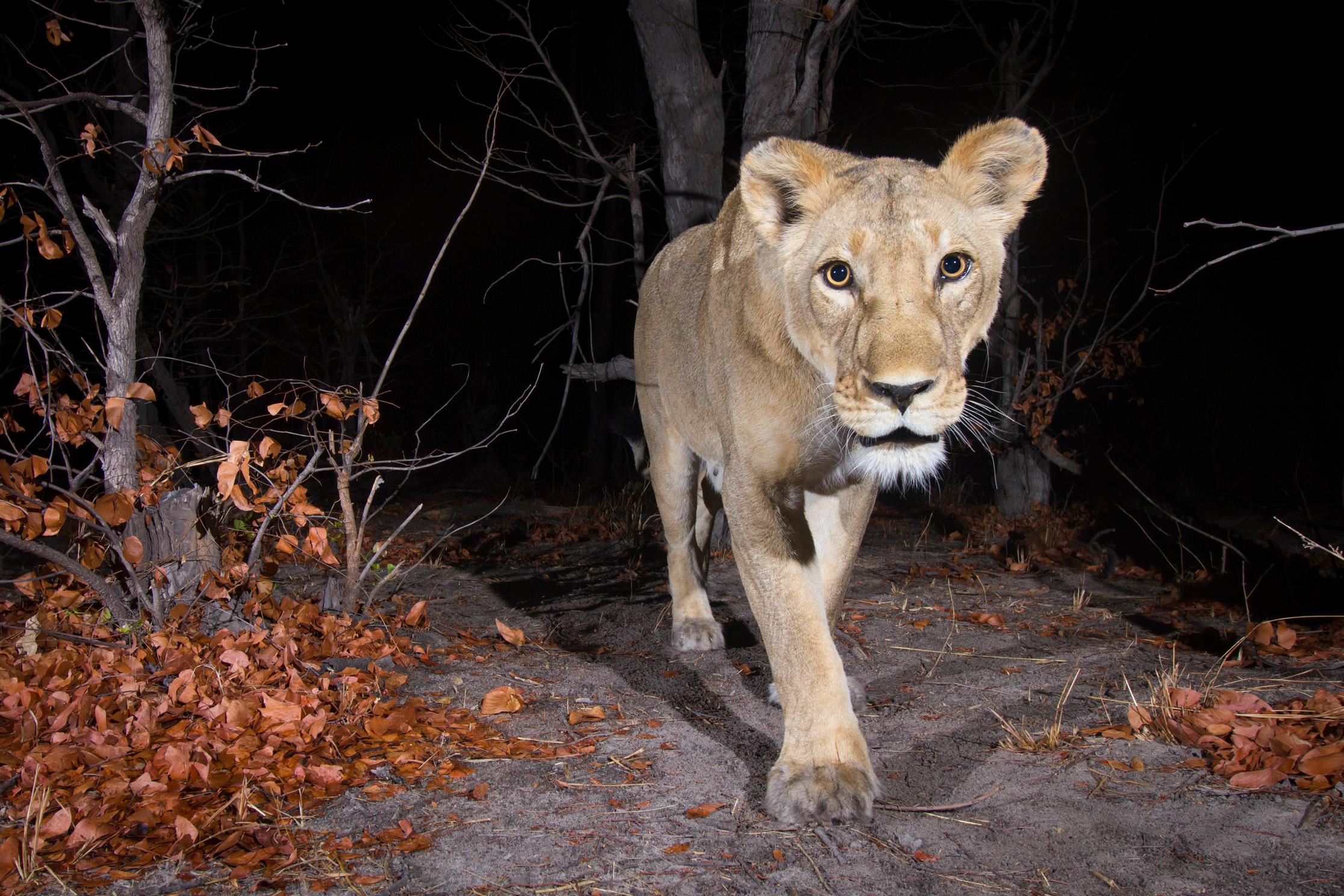How it works
Wildlife Insights users — that includes the public, from citizen scientists to teachers to children — can explore millions of camera-trap images from across the globe collected by leading wildlife conservation organizations, museums, scientific institutions and private citizens. Users have the ability to filter images by species, country and year and download data instantly.
Artificial intelligence technology developed by Google also helps camera-trap researchers to identify species in a fraction of a second, dramatically speeding up the pace at which this information can be processed and analyzed, making data available for decision-makers in near real-time.
The data challenge
The more camera traps there are, the more species selfies there are to sort through — but this ability to collect data is only as useful as humans’ ability to sift through it. Historically, the process has been painstaking and time-consuming, requiring someone to manually review the photos, which can number in the thousands.
Compounding the issue: Camera traps don’t discriminate — they automatically snap candid shots of any creature that comes into view, resulting in sometimes substantial amounts of “by-catch” data that is rarely shared, depriving other scientists of the opportunity to see or analyze it.
